Computational neuroscience
Recent articles
Cristina Savin and Tim Vogels discuss how AI has shaped their neuroscience research
Not all neuroscientists use artificial intelligence in the same way or for the same purpose. Neuroscience researchers from different fields discuss the impact AI has had on their research and how it influences productivity in their labs.
Cristina Savin and Tim Vogels discuss how AI has shaped their neuroscience research
Not all neuroscientists use artificial intelligence in the same way or for the same purpose. Neuroscience researchers from different fields discuss the impact AI has had on their research and how it influences productivity in their labs.
How neuroscience comics add KA-POW! to the field: Q&A with Kanaka Rajan
The artistic approach can help explain complex ideas frame by frame without diluting the science, Rajan says.
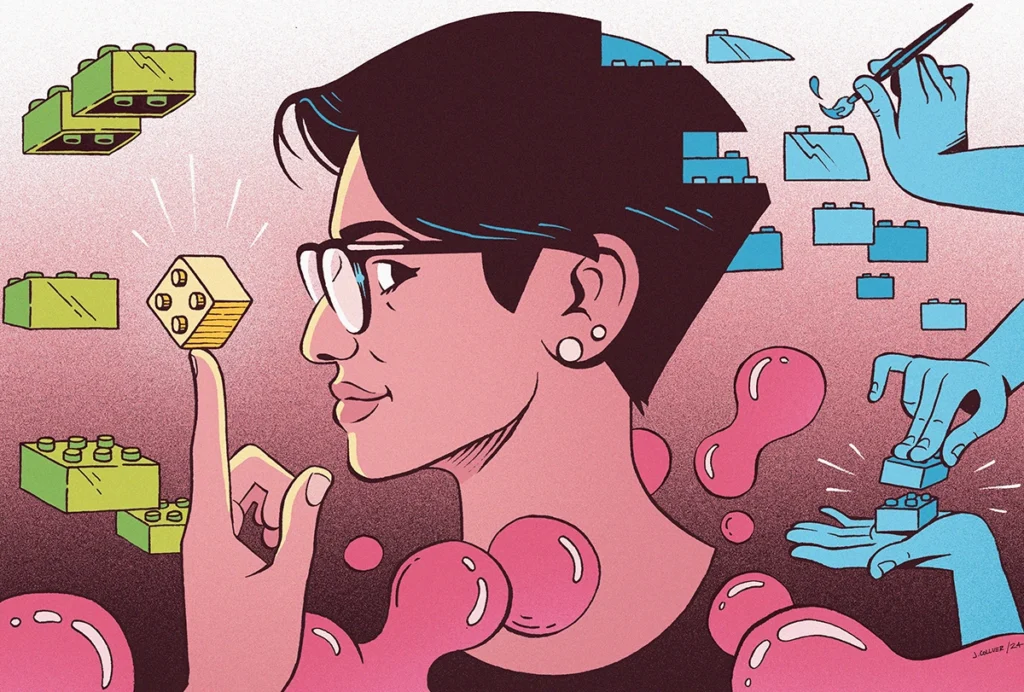
How neuroscience comics add KA-POW! to the field: Q&A with Kanaka Rajan
The artistic approach can help explain complex ideas frame by frame without diluting the science, Rajan says.
Kenneth Harris and Andreas Tolias explain how AI has informed their neuroscience research
Modern AI models have shaped how the pair thinks about our brains and minds, asks research questions and views scientific progress and productivity.
Kenneth Harris and Andreas Tolias explain how AI has informed their neuroscience research
Modern AI models have shaped how the pair thinks about our brains and minds, asks research questions and views scientific progress and productivity.
Neural manifolds: Latest buzzword or pathway to understand the brain?
When you cut away the misconceptions, neural manifolds present a conceptually appropriate level at which systems neuroscientists can study the brain.
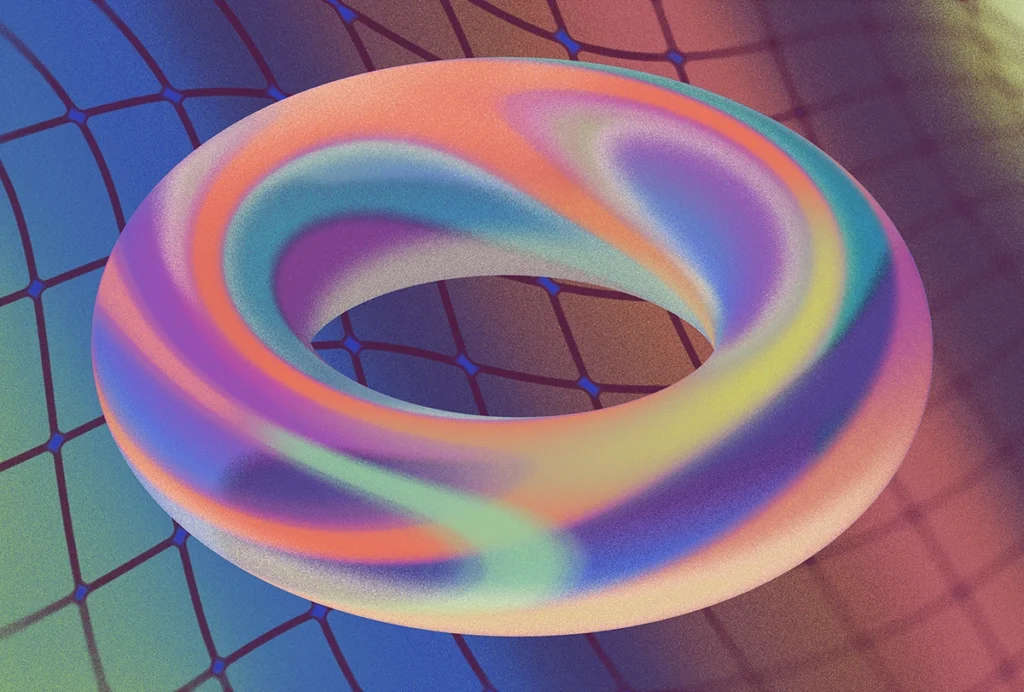
Neural manifolds: Latest buzzword or pathway to understand the brain?
When you cut away the misconceptions, neural manifolds present a conceptually appropriate level at which systems neuroscientists can study the brain.
Reconstructing dopamine’s link to reward
The field is grappling with whether to modify the long-standing theory of reward prediction error—or abandon it entirely.
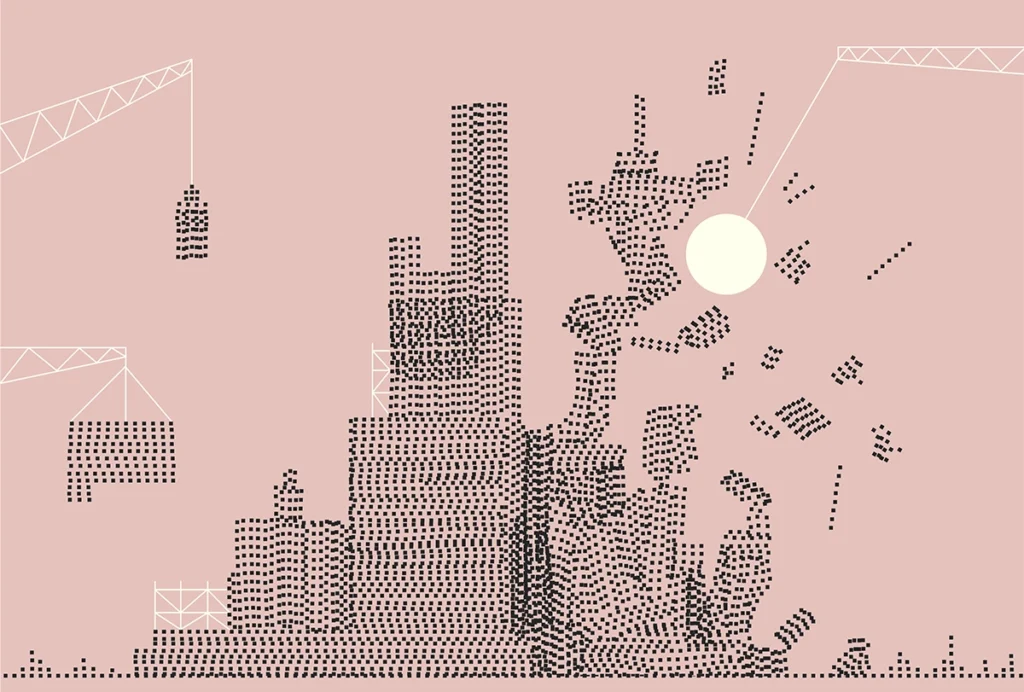
Reconstructing dopamine’s link to reward
The field is grappling with whether to modify the long-standing theory of reward prediction error—or abandon it entirely.
Neural-network analysis posits how brains build skills
Discrete computational subunits may offer mix-and-match motifs for cognition.
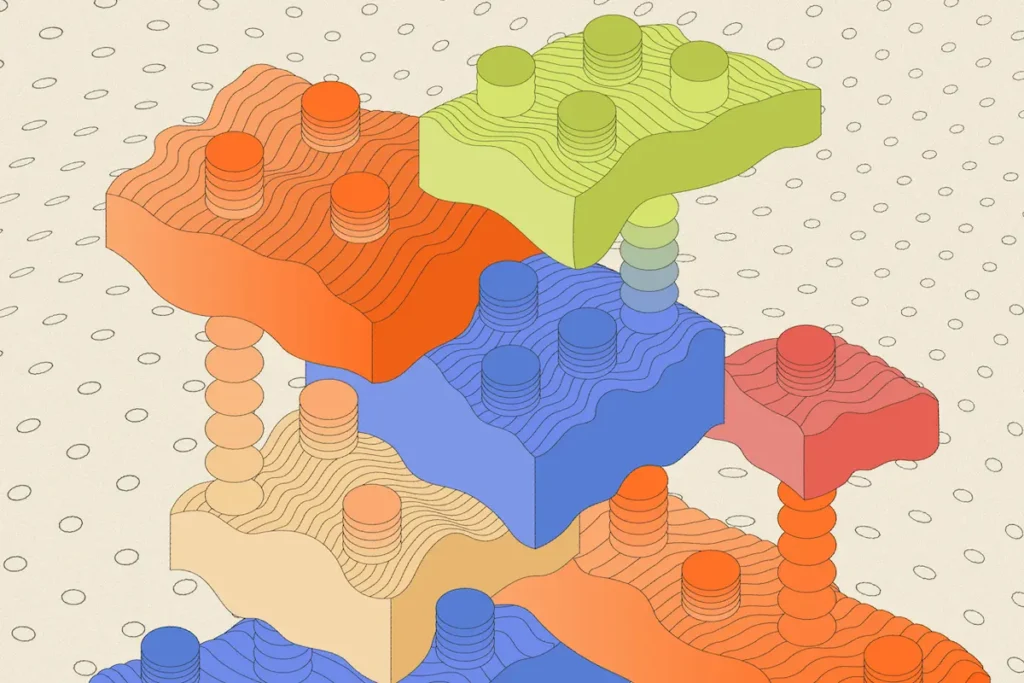
Neural-network analysis posits how brains build skills
Discrete computational subunits may offer mix-and-match motifs for cognition.
Computational and systems neuroscience needs development
Embracing recent advances in developmental biology can drive a new wave of innovation.
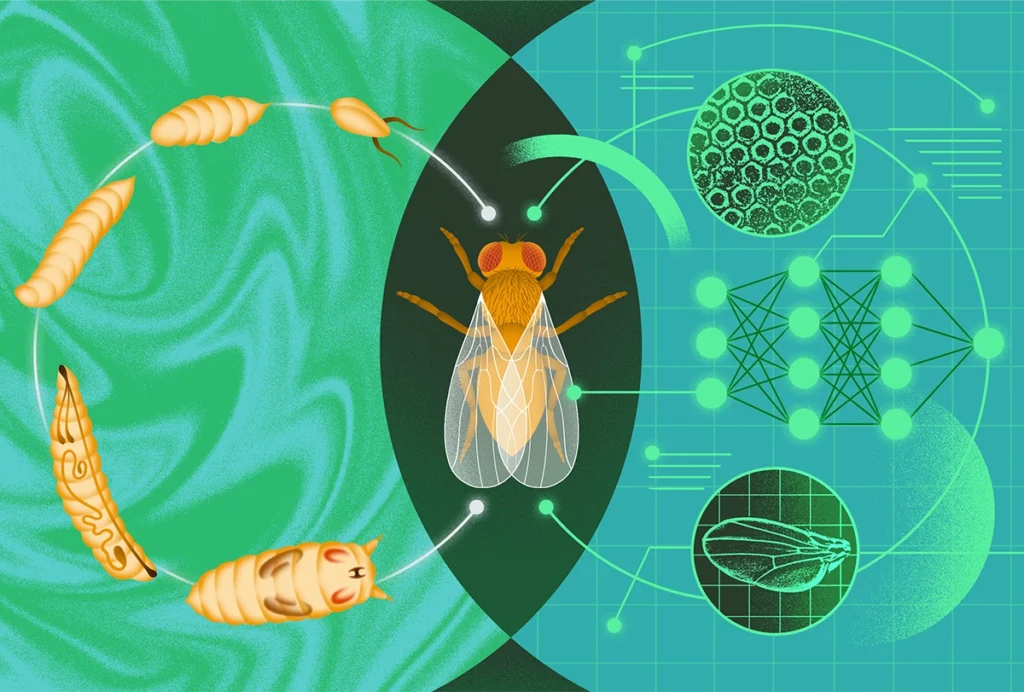
Computational and systems neuroscience needs development
Embracing recent advances in developmental biology can drive a new wave of innovation.
Should we use the computational or the network approach to analyze functional brain-imaging data—why not both?
Emerging methods make it possible to combine the two tactics from opposite ends of the analytic spectrum, enabling scientists to have their cake and eat it too.
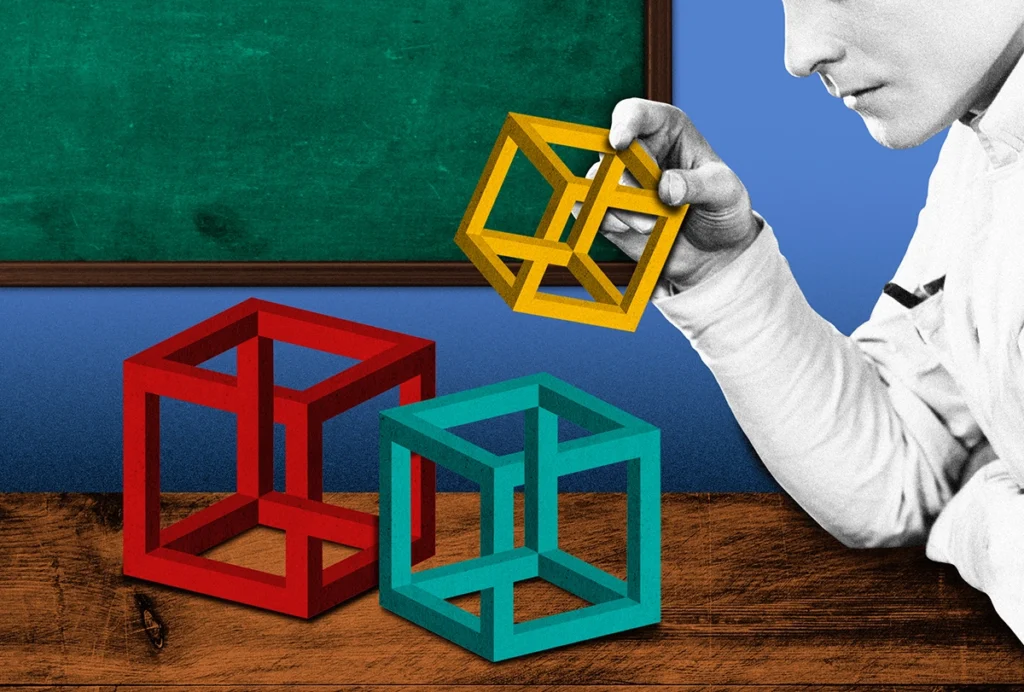
Should we use the computational or the network approach to analyze functional brain-imaging data—why not both?
Emerging methods make it possible to combine the two tactics from opposite ends of the analytic spectrum, enabling scientists to have their cake and eat it too.
How to explore your scientific values and develop a vision for your field
As a new professor, I was caught off guard by one part of the job: my role as an evaluator.

How to explore your scientific values and develop a vision for your field
As a new professor, I was caught off guard by one part of the job: my role as an evaluator.
Theoretical and computational neuroscientists net 2024 Brain Prize
Larry Abbott, Terrence Sejnowski and Haim Sompolinsky split $1.45 million in recognition of their decades of work uncovering principles of brain structure and function.
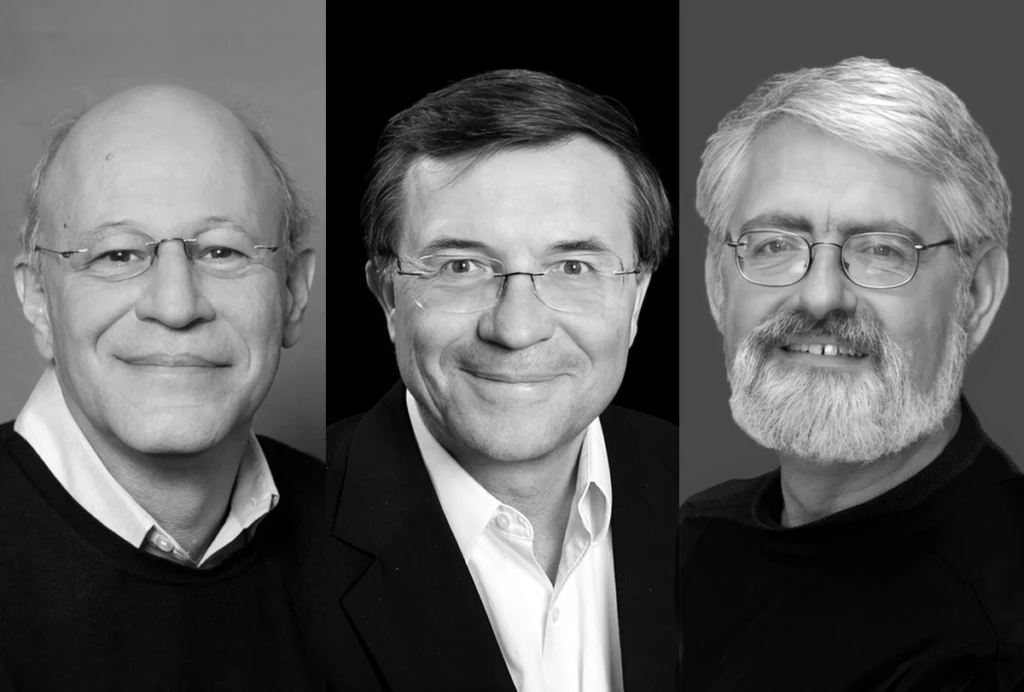
Theoretical and computational neuroscientists net 2024 Brain Prize
Larry Abbott, Terrence Sejnowski and Haim Sompolinsky split $1.45 million in recognition of their decades of work uncovering principles of brain structure and function.
Explore more from The Transmitter
Karen Adolph explains how we develop our ability to move through the world
How do babies' bodies and their environment teach them to move—and how can robots benefit from these insights?
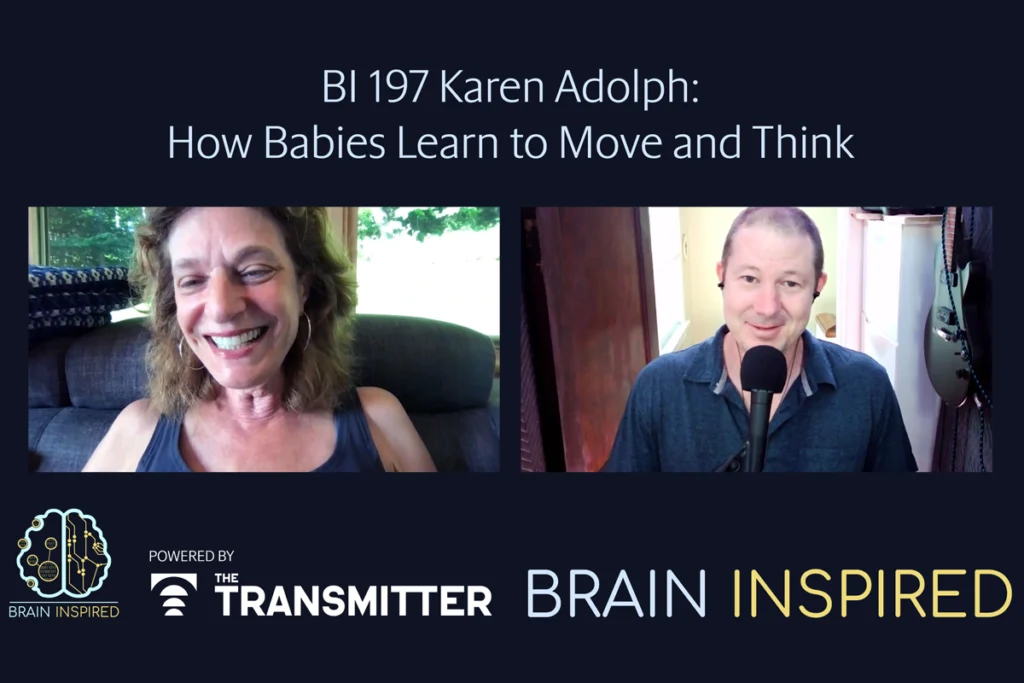
Karen Adolph explains how we develop our ability to move through the world
How do babies' bodies and their environment teach them to move—and how can robots benefit from these insights?
Microglia’s pruning function called into question
Scientists are divided over the extent to which the cells sculpt circuits during development.
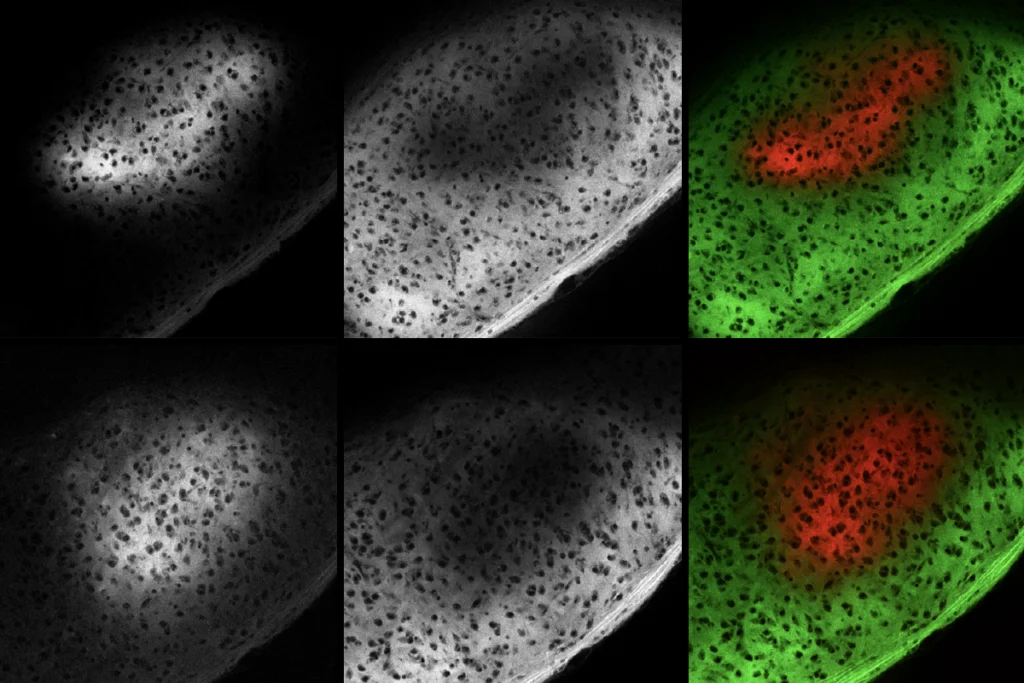
Microglia’s pruning function called into question
Scientists are divided over the extent to which the cells sculpt circuits during development.
Early trajectory of Alzheimer’s tracked in single-cell brain atlases
Inflammation in glia and the loss of certain inhibitory cells may kick off a disease cascade decades before diagnosis.
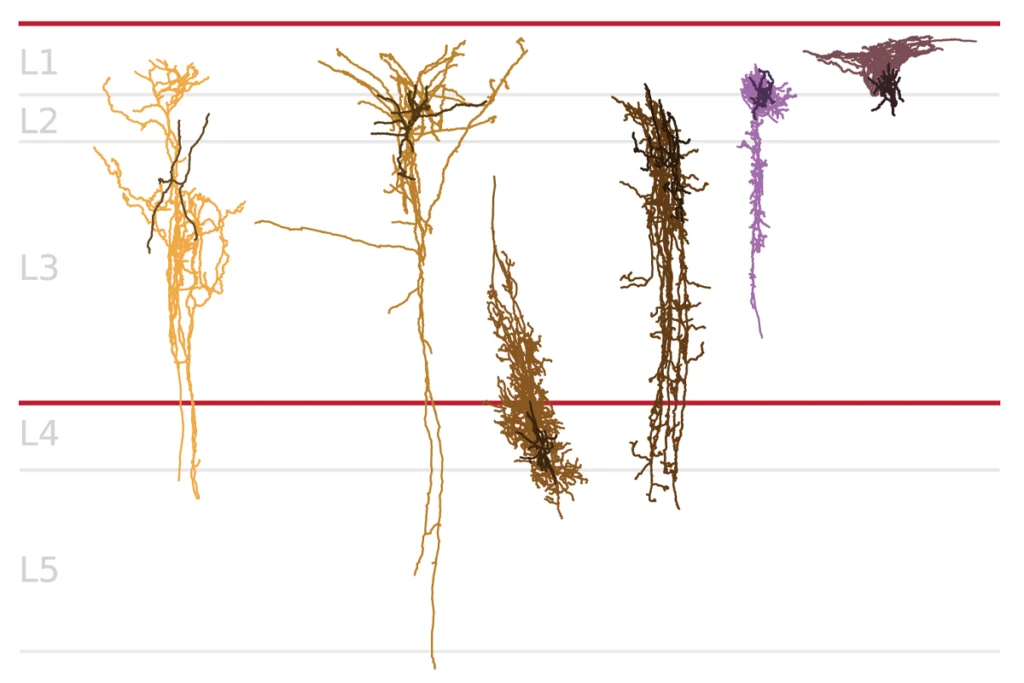
Early trajectory of Alzheimer’s tracked in single-cell brain atlases
Inflammation in glia and the loss of certain inhibitory cells may kick off a disease cascade decades before diagnosis.